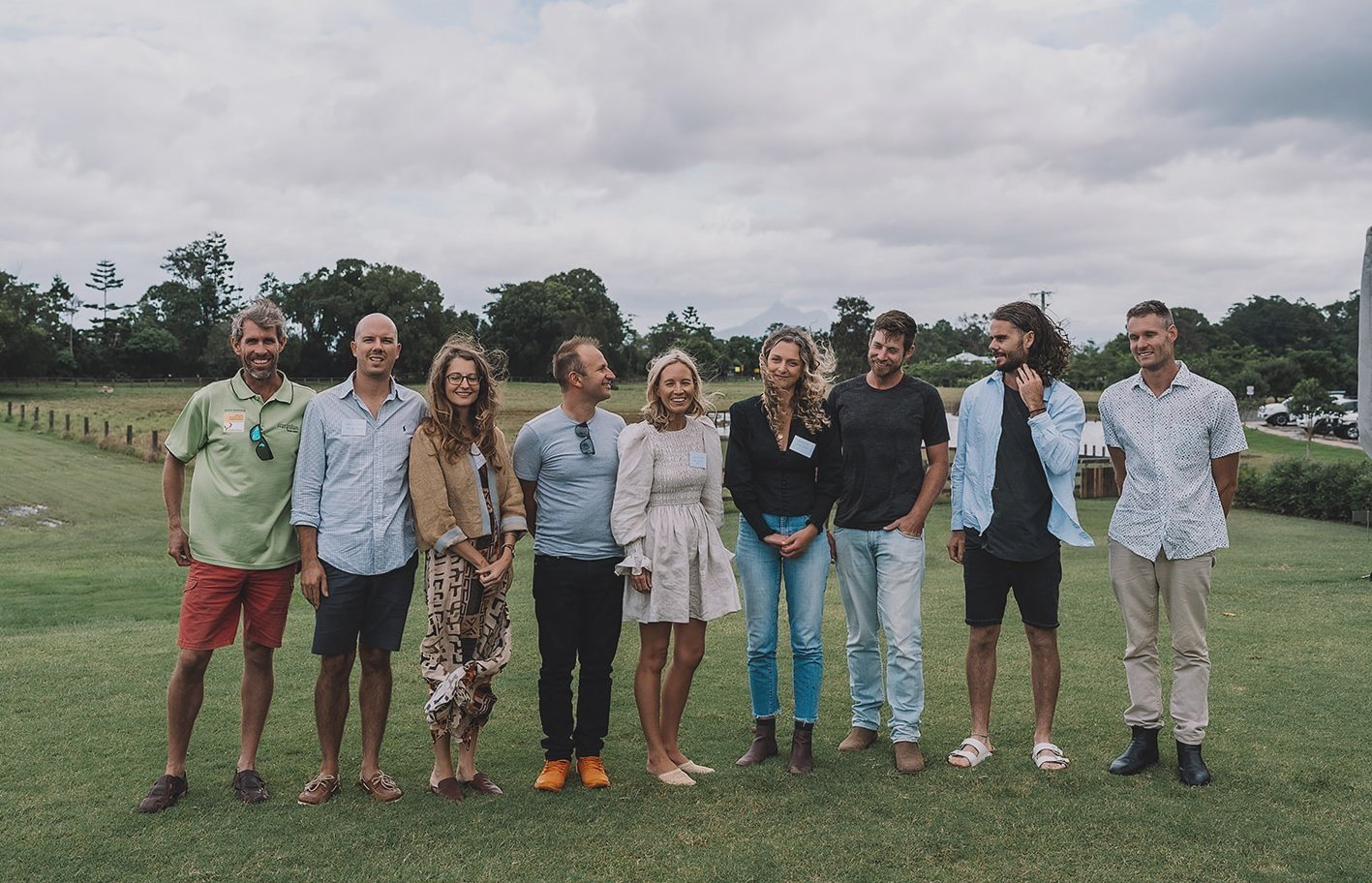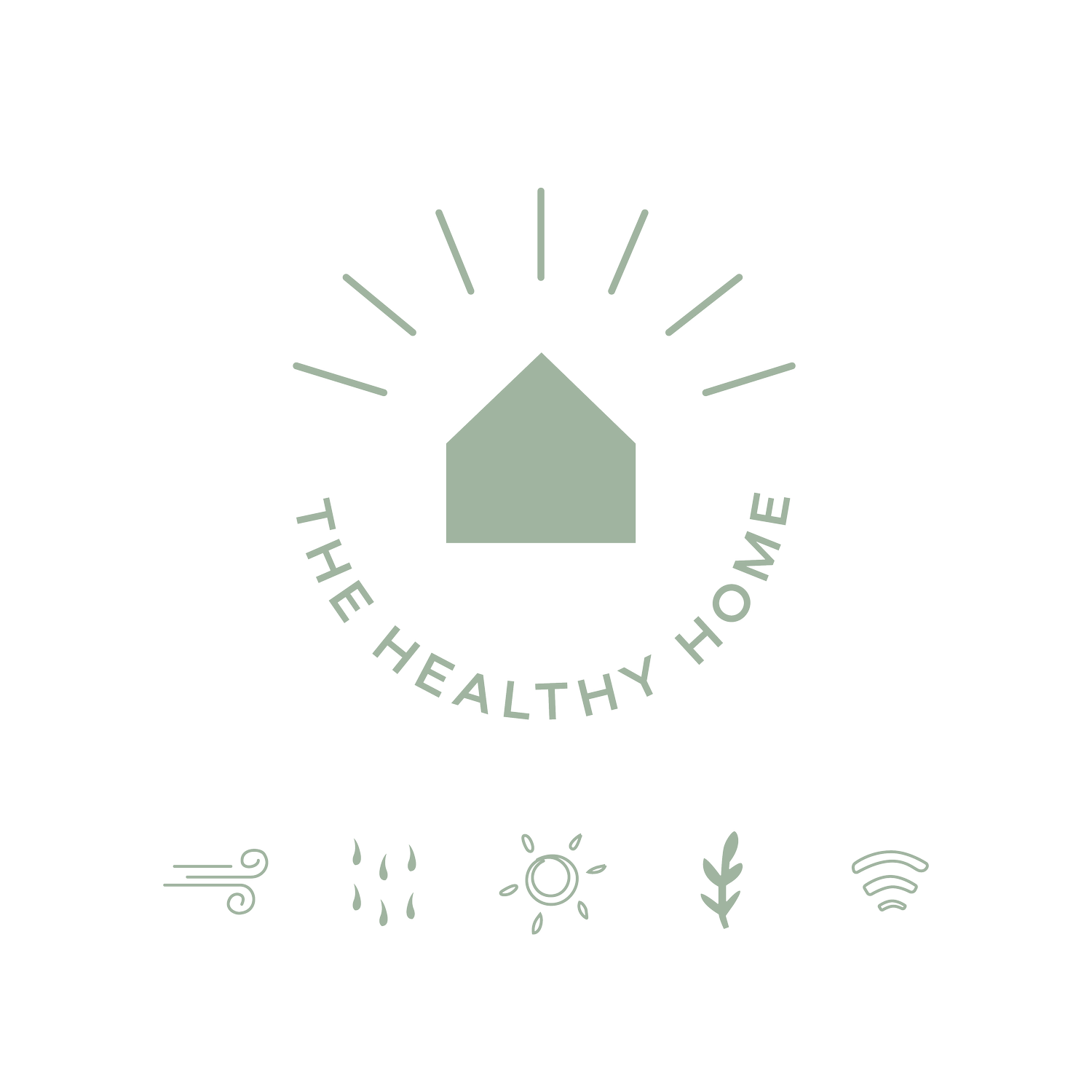
Healthy building materials mastermind™
The Healthy Building Materials Mastermind™ is an intimate online learning experience for health and environmentally conscious architects, building designers, builders, and interior designers.
If you’re a an architect, building designer, builder, or interior designer and you want to understand the health and environmental impacts of the materials you specify, but don’t have hundreds of hours to do the research yourself, there’s a fair chance you’ll love the Healthy Building Materials Mastermind™ as much as the award-winning home designers and builders have taken part from every state in Australia, as well as from NZ and the USA, since the program’s inception in 2021.
The information you’ll learn will help you meet the requirements of National Construction Code 2022 (Condensation Management) for designers to consider mould susceptibility of building materials.
The information you’ll learn in the Mastermind will give you an understanding of:
What factors you need to consider when assessing the likelihood of mould + other health and environmental impacts of building materials (including moisture management properties, environmental impacts, life cycle analysis, thermal performance, electro climate risk, and off-gassing of toxic chemical vapours and gases).
Construction stage practices to reduce mould risk that can be fed into your quality assurance practices, enabling you to go above and beyond the requirements of NCC 2022 (Condensation Management) and reduce compliance risks.
How a high mass wall system compares to light frame construction in terms of mould risk
Which natural and synthetic materials are more susceptible to mould and how to manage those risks (including in-depth analysis of what manufacturers claim versus what studies and environmental health experts say).
How to confidently guide clients towards materials that will reduce mould and other health risks, while also considering goals in relation to energy efficiency and minimising environmental impacts, and effectively communicate why these are such an important considerations in healthy home design and construction.
“IT’S BEEN THE BEST INVESTMENT THIS YEAR”
- Tim Sayce, Founder & Managing Director, Kai Konstruct.
“My brain is completely changed from doing this course.
”The information in the Healthy Building Materials Mastermind™ fills a gap missing
in the industry and in education. The content is well paced, engaging,
important and so relevant to the priorities of clients and architects today.
”If this information were taught in universities we would be on our
way to a healthier society and vastly improved building stock.”Mercedes Mambort, Passive House architect, S.H.E.


